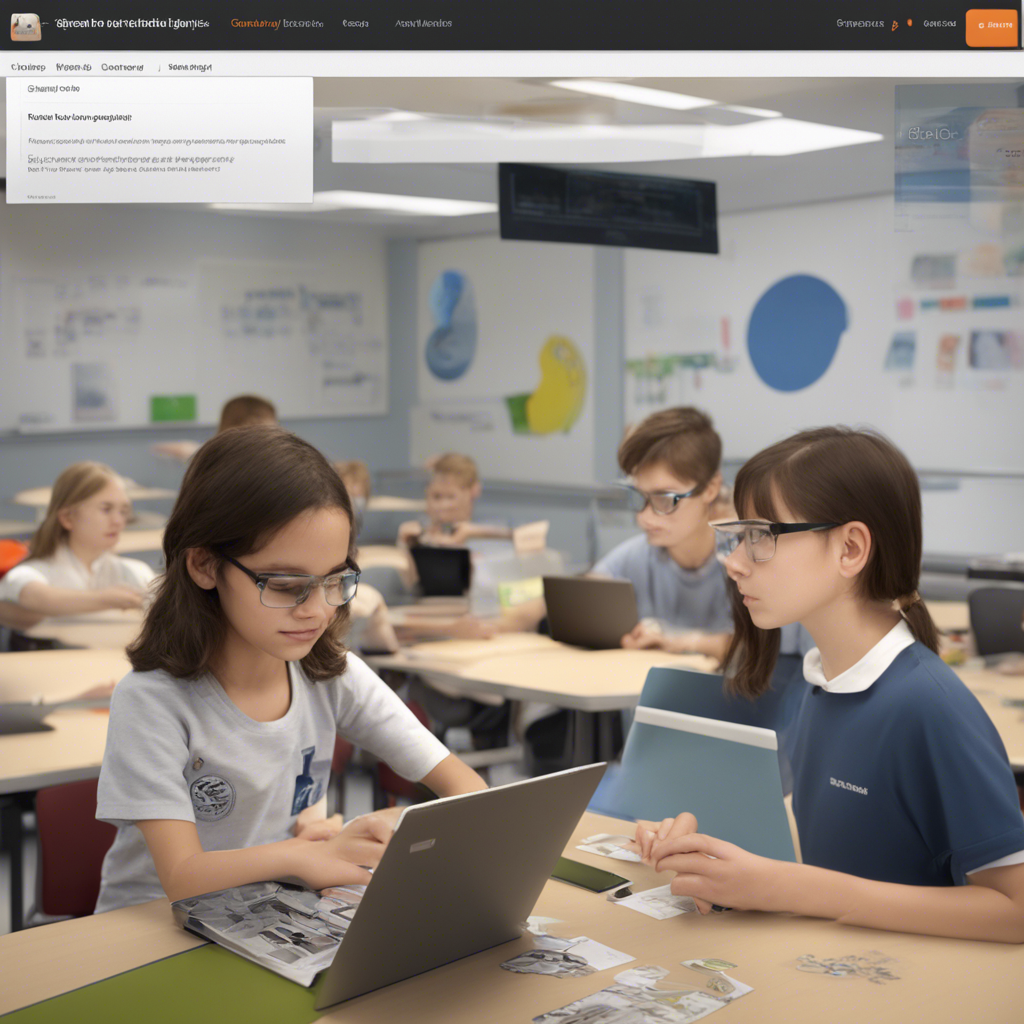
Gamifying Learning: The Future of Education
In recent years, gamification has emerged as a powerful tool in transforming the landscape of education. By integrating game-design elements into educational environments, educators have the opportunity to engage students in a way that is immersive, interactive, and effective. In this blog post, we will explore the concept of gamifying learning and its implications for the future of education.
What is Gamification?
Gamification is the application of game-design principles and mechanics to non-game contexts, such as education. By incorporating elements like points, levels, rewards, and challenges into the learning process, educators can motivate students, enhance their engagement, and facilitate a more enjoyable learning experience.
Benefits of Gamifying Learning
1. Increased Engagement
One of the key benefits of gamifying learning is that it boosts student engagement. By introducing elements of competition, collaboration, and immediate feedback, students are more likely to stay motivated and focused on their educational goals.
2. Improved Learning Outcomes
Research has shown that gamification can lead to improved learning outcomes. By creating a dynamic and interactive learning environment, students are more likely to retain information, develop critical thinking skills, and apply their knowledge in real-world situations.
3. Personalized Learning
Gamification allows for personalized learning experiences. Through adaptive algorithms and feedback mechanisms, educators can tailor the learning process to individual student needs, providing targeted support and challenging tasks that promote growth and mastery.
Examples of Gamification in Education
1. Language Learning Apps
Apps like Duolingo and Babbel use gamification to make language learning fun and engaging. By incorporating levels, challenges, and rewards, users are motivated to continue practicing and improving their language skills.
2. Math Games
Educational games like Prodigy and Mathletics leverage gamification to help students improve their math skills. By presenting math problems in a game-like format, these platforms make learning enjoyable and interactive.
3. Classroom Leaderboards
Some educators use gamification in the form of classroom leaderboards to encourage friendly competition among students. By tracking and displaying students’ progress and achievements, teachers can motivate their students to excel and strive for success.
The Future of Education
As technology continues to advance, the integration of gamification in education is poised to play a significant role in shaping the future of learning. With the rise of virtual reality, augmented reality, and AI-powered educational tools, educators have an unprecedented opportunity to create innovative and immersive learning experiences that cater to diverse learning styles and preferences.
In conclusion, gamifying learning represents a promising approach to enhancing student engagement, improving learning outcomes, and fostering personalized learning experiences. By leveraging the power of game-design principles, educators can create dynamic and interactive educational environments that prepare students for success in the 21st century.
Stay tuned for more updates on the evolving landscape of education and the exciting possibilities that gamification holds for the future of learning. Remember, learning should be engaging, enjoyable, and empowering – and gamification is here to make it happen!


